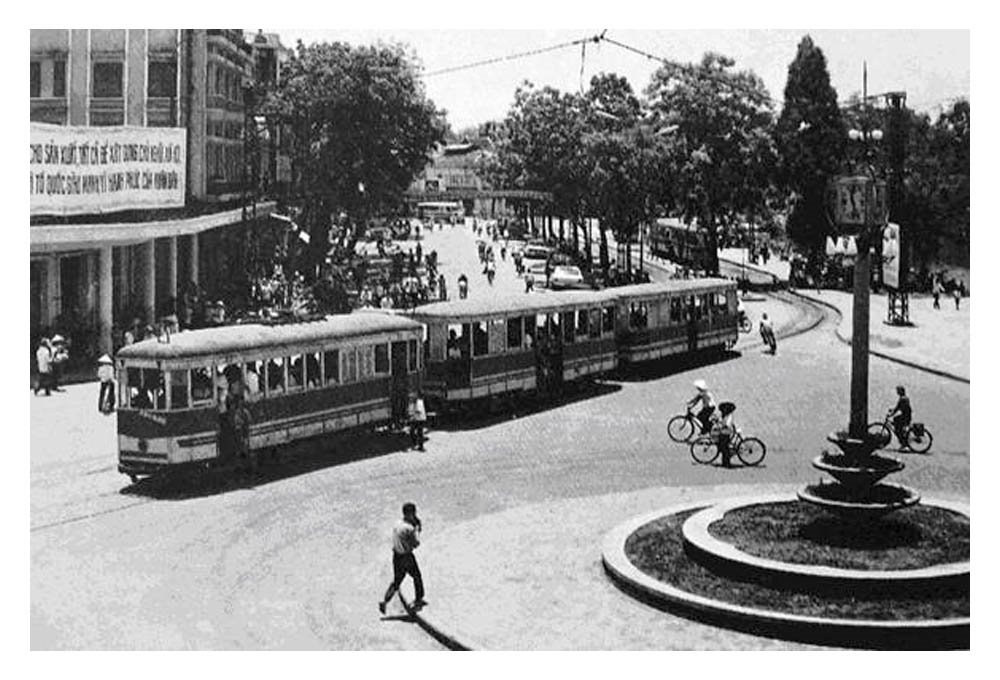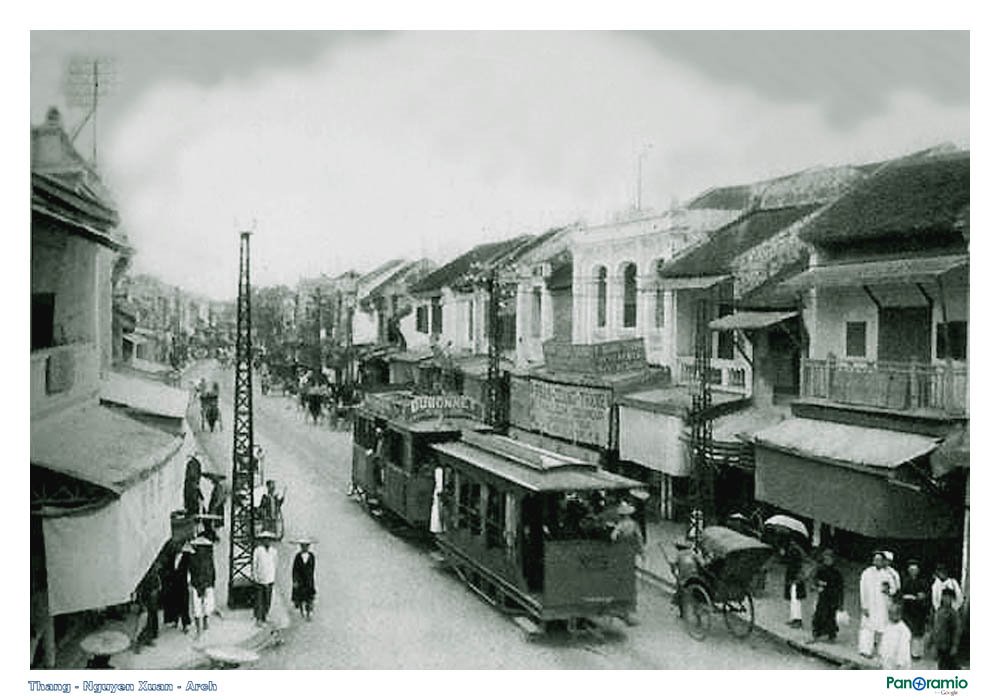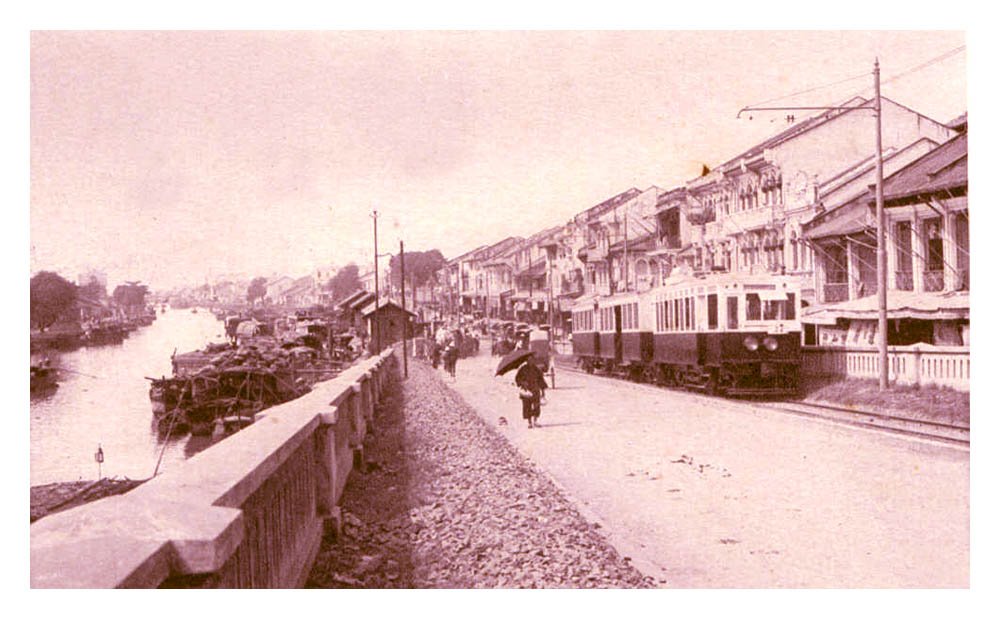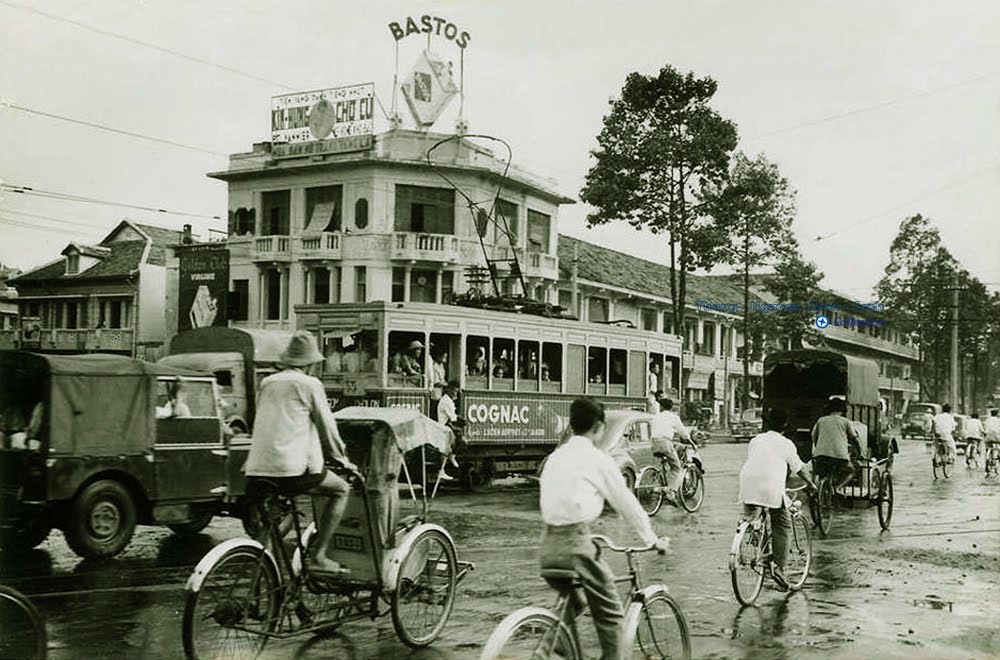

















Both Hanoi and Saigon operated tram systems for many years but both systems have long gone. The current building of metros in both cities is an acknowledgement that maybe they should have been retained.
More images and information will be posted as it becomes available.
Hanoi










SAIGON





Steam Locomotives generally used the traditional
French classification system. A steam locomotive with a 2-8-2 wheel
arrangement is classified as 141 class, a locomotive with 4-6-2
wheel arrangement is classified as 231 class etc. Pretty straight
forward, except what did if two classes had a 2-8-2 wheel
arrangement I'm not sure. It didn't happen so wasn't a problem?
Diesel locomotives have a completely dfferent clasification system.
All diesel classes start with the letter 'D' (for diesel?) then a number which I believe is related to the locomotives power output. The third character defines Electric' (E) or hydraulic (H).
e.g. D5H class = Diesel + 500 hp + hydraulic.
Again, what happens if two classes are the same I don't know.
I am still investigating pre 1975 classifications. Some are the same e.g. 141 steam class, and some are different e.g. 'BB' class instead of D9E.

Created with Kompozer
the Open Source Web Designer
Railways in Vietnam
website © 2009-2016 David Gurnett
Updated June 15, 2016
All images remain the copyright of their
original owners and are reproduced purely
for the purposes of research.
Please feel free to contact me at
railwaysofvietnam@gmail.com